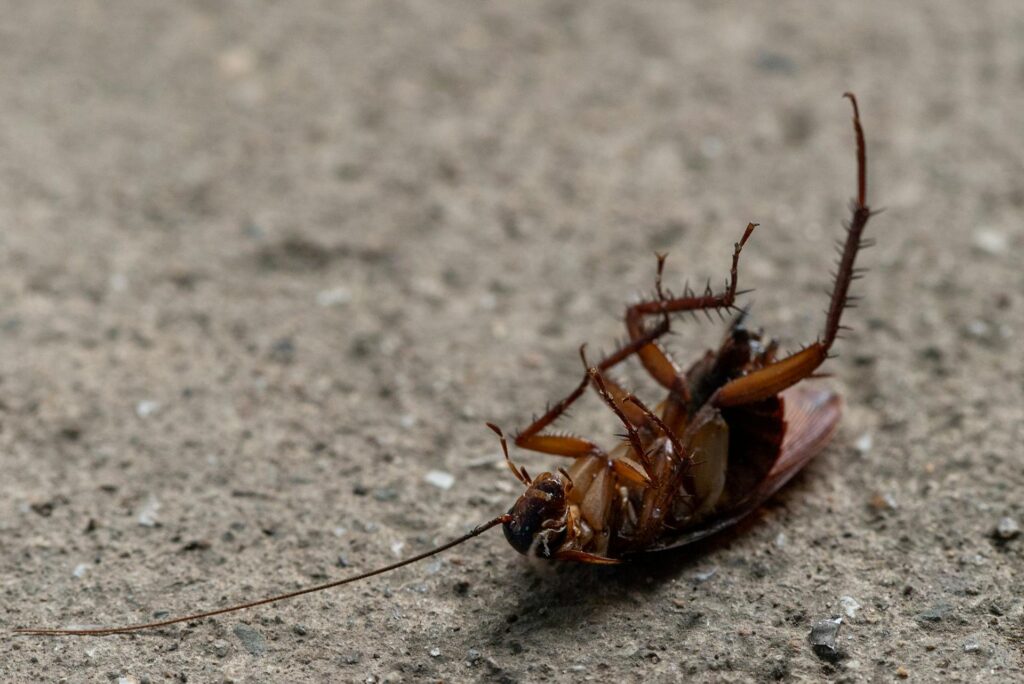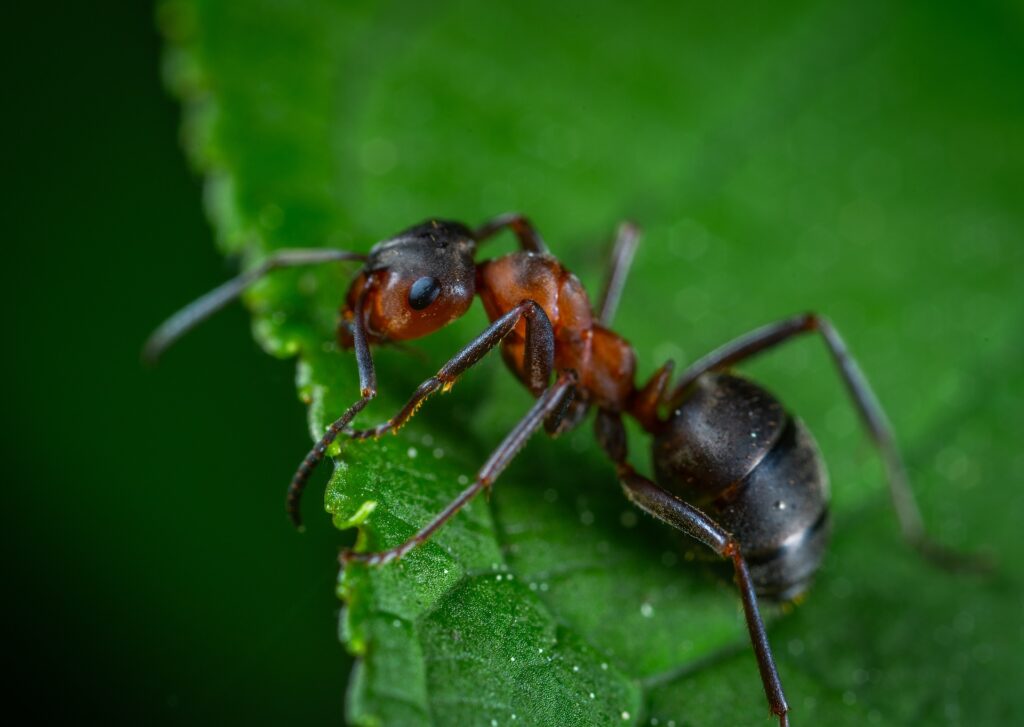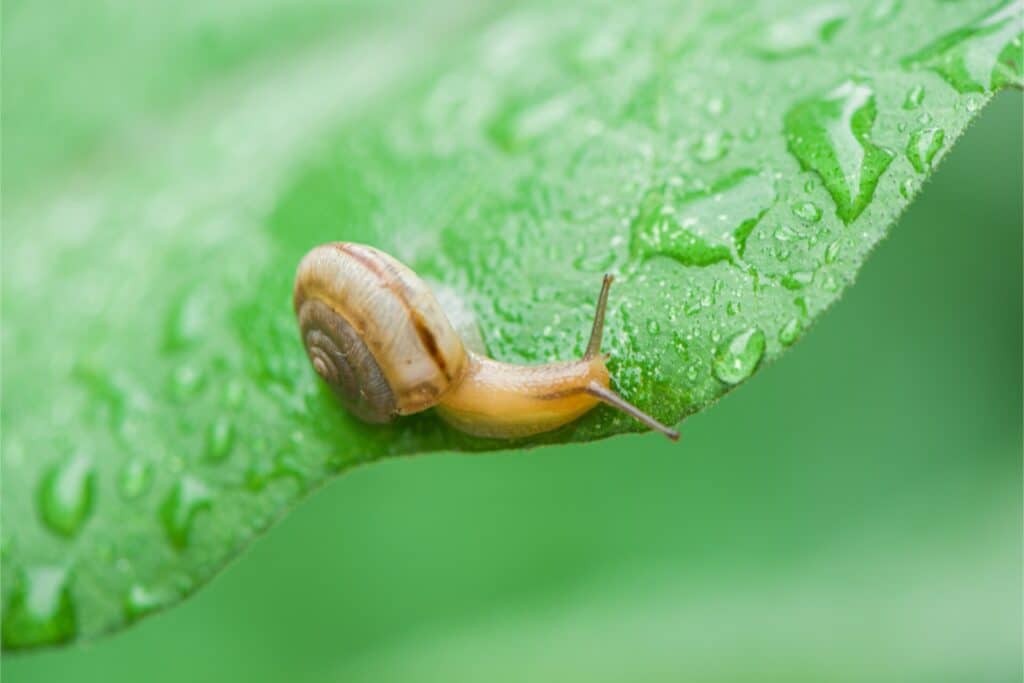Ants are among the most industrious and adaptable creatures on Earth. These tiny insects work tirelessly to ensure the survival of their colonies. While we might imagine the nighttime as a period of rest, ants often stay active, conducting essential tasks that sustain their communities. But what exactly do ants do after dark? Let’s uncover their nocturnal world and explore how understanding their behavior can help manage infestations.
Do Ants Sleep at Night?
How Ants Rest
Unlike humans, ants don’t follow a strict sleep schedule. Instead, they take short power naps throughout the day and night. Studies have shown that worker ants experience brief periods of inactivity, often lasting only a few minutes at a time. This polyphasic resting pattern allows them to remain alert and ready to respond to colony needs.
Why Ants Stay Active at Night
Many ant species have adapted to be nocturnal or crepuscular (active during dawn and dusk) to avoid daytime predators and extreme temperatures. Nighttime activity also helps them navigate environments where competition for resources is reduced. These adaptations contribute to their survival and success across diverse habitats.
Nocturnal Ant Activities
While humans sleep, ants engage in a variety of critical tasks. Their nighttime efforts ensure the colony remains well-fed, secure, and functional. Let’s dive into the specific roles ants fulfill under the cover of darkness.
1. Foraging for Food
Food collection is one of the primary nighttime activities for many ant species. Worker ants leave the nest and follow established pheromone trails to locate food sources. Their targets include:
- Sugary Substances: Ants are often drawn to nectar, honeydew (a secretion from aphids), and spilled drinks.
- Protein Sources: They may hunt small insects, scavenge carrion, or gather protein-rich crumbs from human activity.
Nighttime foraging reduces the risk of encounters with predators such as birds and minimizes exposure to the sun’s heat, which can be dangerous for some species.
2. Building and Maintaining the Nest
Ant colonies are architectural marvels, consisting of interconnected tunnels and chambers. At night, worker ants may:
- Expand tunnels to accommodate colony growth.
- Repair damage caused by environmental factors or predators.
- Relocate the colony if conditions near the current nest become unfavorable.
This constant upkeep ensures the nest remains a safe and efficient hub for the colony.
3. Caring for the Young
Inside the nest, ants devote significant time to nurturing the next generation. Worker ants:
- Move eggs and larvae to optimal locations within the nest to regulate temperature and humidity.
- Feed the larvae with food collected during foraging trips.
- Protect the brood from potential threats, including predators and pathogens.
This care is vital for maintaining a healthy and thriving colony.
4. Communicating and Coordinating Efforts
Ants rely heavily on pheromones—chemical signals that convey information about food, threats, and other colony needs. At night, these signals are particularly important as ants:
- Reinforce pheromone trails to guide workers to food sources.
- Share information through trophallaxis, a process where ants exchange food and fluids.
- Coordinate tasks to maximize efficiency and resource collection.
5. Guarding the Colony
Colonies must remain vigilant at all times to protect against predators and rival ants. At night, certain ants take on the role of guards, patrolling the nest’s entrances and surrounding areas. These guards are often larger or more aggressive ants equipped to fend off intruders.
Do All Ants Work at Night?
Species-Specific Behavior
Not all ants are equally active at night. Nocturnal ants, such as carpenter ants, are especially busy after dark. They prefer nighttime for activities like foraging and nest expansion. Conversely, diurnal ants, such as Argentine ants, are more active during daylight hours but may still perform essential tasks at night.
Environmental Factors
The degree of nighttime activity also depends on environmental conditions. For example:
- Temperature: Ants in hot climates may avoid the midday heat by shifting their activity to cooler nighttime hours.
- Food Availability: If food sources are only accessible at night, ants will adjust their foraging schedules accordingly.
Why Understanding Nocturnal Ant Behavior Matters
Knowing what ants do at night can provide valuable insights for addressing infestations effectively. Here’s why it’s important:
1. Identifying Nest Locations
Nocturnal foraging often reveals trails that lead directly to the nest. Homeowners and pest control professionals can use these trails to locate and treat the source of the infestation.
2. Timing Pest Control Treatments
Understanding ant activity patterns ensures that treatments are applied at the most effective times. For example, targeting ants during peak foraging hours increases the likelihood of disrupting their food supply.
3. Preventing Property Damage
Certain ants, like carpenter ants, can cause structural damage to homes by tunneling through wood. Monitoring their nighttime activity can help detect and address such problems early.
Tips for Preventing Ant Infestations
Proactive measures can reduce the chances of ants invading your home or yard. Here are some practical tips:
1. Seal Entry Points
Inspect your home for cracks, gaps, and crevices, especially around windows, doors, and foundations. Sealing these entry points prevents ants from gaining access.
2. Eliminate Food Sources
Ants are drawn to food, so it’s essential to:
- Store food in airtight containers.
- Clean up spills and crumbs promptly.
- Keep pet food dishes clean and avoid leaving food out overnight.
3. Address Moisture Issues
Ants need water to survive, and damp areas are especially attractive to them. Fix leaky pipes, clear clogged gutters, and ensure good ventilation in moisture-prone areas like basements and crawl spaces.
4. Maintain Outdoor Areas
Trim vegetation away from your home, remove decaying wood, and keep mulch and soil away from the foundation. These steps make your property less appealing to ants.
5. Seek Professional Help
If ant infestations persist, consulting pest control professionals ensures targeted and effective solutions tailored to your specific situation.
Conclusion
Ants are extraordinary creatures that never truly stop working. Their nighttime activities—ranging from foraging to colony maintenance—are vital to their survival and success. By understanding what ants do at night, homeowners can take proactive steps to prevent infestations and protect their properties.
For expert pest control services, Aptive Pest Control provides tailored strategies designed to address ant infestations effectively. Take action today to maintain a more comfortable and secure home environment.








